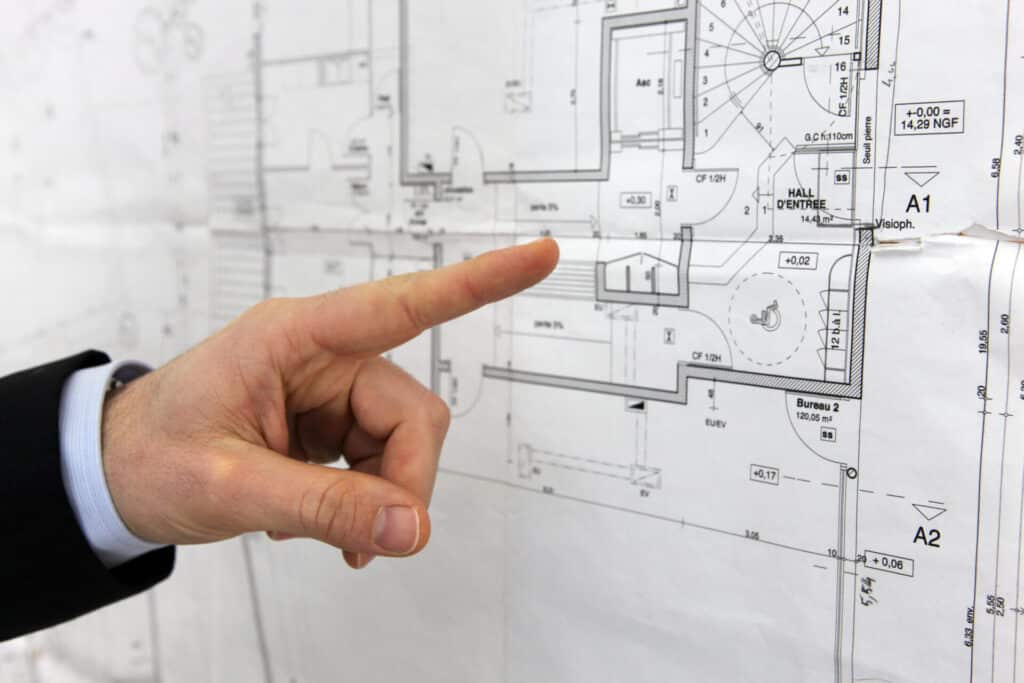
Renovating an old house can be an overwhelming and daunting task, especially when deciding where to start. Getting caught up in the excitement of transforming an old, worn-out space into a new and updated living area is very easy. However, before diving into the renovation process, it is important to strategize and prioritize the areas that require urgent attention. This article aims to provide guidance on what to renovate first in an old house.
Assess the House
Before deciding on what areas of the house to renovate, it is crucial to assess the state of the house and identify the areas that require immediate attention. This assessment should include the plumbing system, electrical wiring, roof, walls, and foundation. In most cases, these areas require extensive renovation and should be the first priority before cosmetic changes. Here are some of the areas that should be considered first:
Plumbing System
The plumbing system is one of the most critical components of a home. Old houses may have outdated plumbing systems, resulting in poor water pressure, leakages, and even structural damage. Therefore, hiring a professional plumber to inspect the plumbing system and identify any issues is essential. If the system is old and outdated, it may require a complete overhaul to modernize it and prevent future issues.
Electrical Wiring
Electrical wiring is another critical element to consider when renovating an old house. Older homes may have outdated wiring systems that pose safety hazards like electrocution or fire. Upgrading the electrical system is crucial for safety reasons and for integrating modern technology like smart home systems that require modern wiring infrastructure.
The roof of an old house is another critical area that requires immediate attention. A leaking or crumbling roof can lead to water damage that can cost thousands of dollars to repair. Inspecting the roof for any damages, cracks, or missing tiles that may require repair or replacement is important.
Walls and Foundation
Older homes have weaker foundations and walls compared to modern homes. This is due to a lack of reliable building materials during construction. Therefore, inspecting the walls and foundation for signs of damage, such as cracks, water damage, and structural instability, is important. Any issues should be addressed immediately to prevent further damage that may require extensive and costly repairs in the future.
Read More: 7 Things to Consider When Renovating an Old House
Cosmetic Changes
Once the critical areas of the house have been addressed, you can focus on the cosmetic changes that can enhance the aesthetics and comfort of the home. Here are some of the areas that require attention.
Flooring
Flooring is one of the central components of any home renovation. Old floors can be worn out, outdated, and damaged, making the entire house look unattractive and uncomfortable. Replacing the old floor with a modern and durable option like hardwood or laminate flooring will enhance the house’s aesthetics and improve its value.
Kitchen and Bathrooms
The kitchen and bathrooms are essential rooms in any home and are often the focal point of any home renovation project. These areas require modern fixtures and appliances that improve the aesthetics and enhance the space’s functionality. Upgrading the countertops, cabinets, and fixtures will breathe fresh life into these areas, making them more comfortable and beautiful.
Windows
Old windows can be drafty, causing significant heat loss during colder months and allowing noise and dust to enter the house. Replacing the windows will improve insulation, create a more comfortable living space, and help reduce energy costs.
Conclusion
Renovating an old house requires careful planning and prioritizing the most critical areas that require immediate attention. Addressing the plumbing system, electrical wiring, roof, walls, and foundation should be the first priority in any home renovation project. Once these critical components have been addressed, you can focus on the cosmetic changes that enhance the aesthetics and comfort of the house. Before starting any renovation project, consult with a local residential contractor for guidance and support to ensure a smooth remodeling process.
